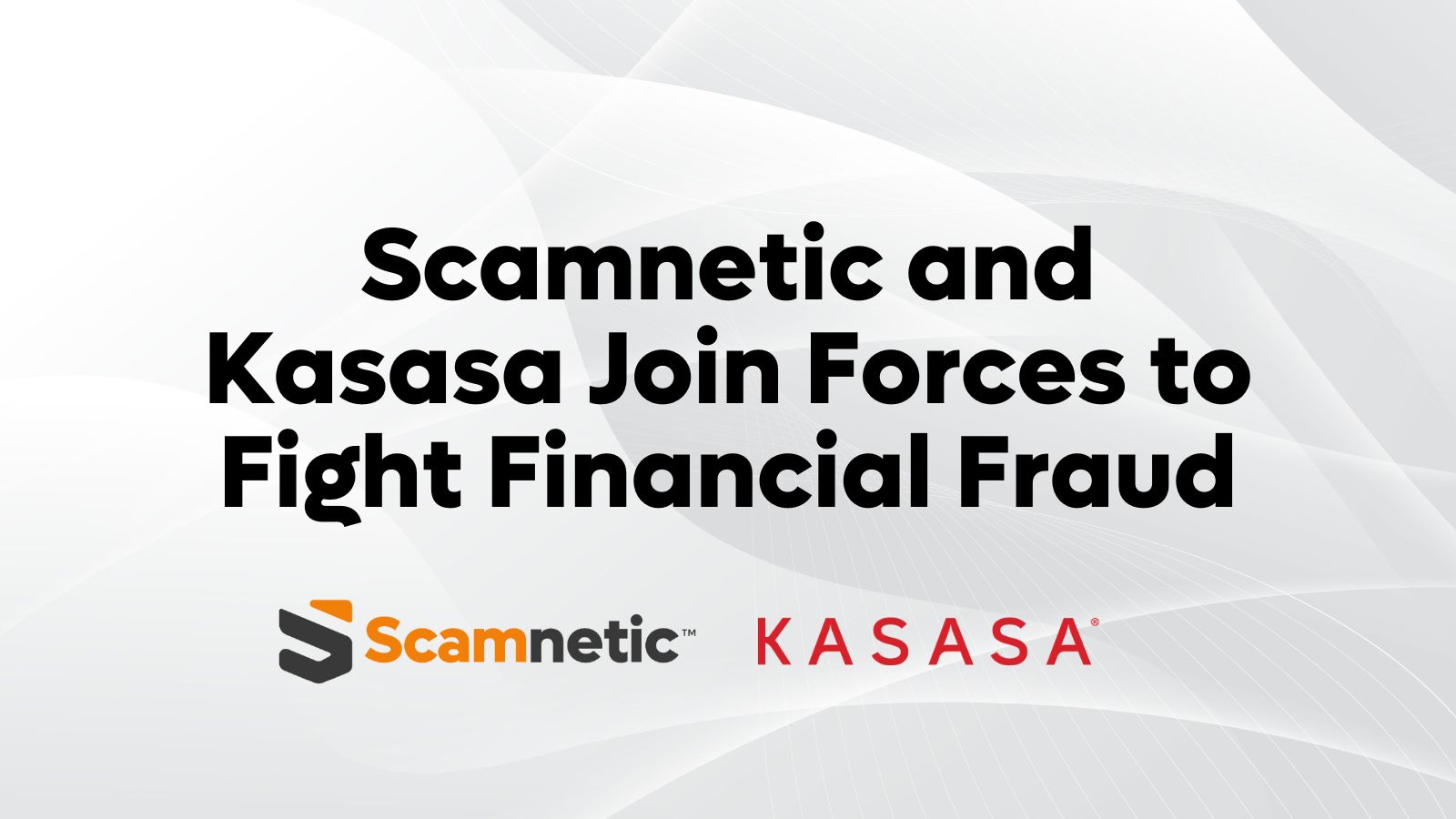Insurance is built on trust—the promise that when life delivers the unexpected, policyholders will be protected. But that trust is increasingly tested by a growing wave of policyholder scams, from exaggerated claims to deliberate misrepresentation. Fraud not only drives up costs for insurers but also erodes customer confidence, creating an environment where genuine claims can be met with skepticism. For insurers, staying ahead of these scams requires more than reactive investigation. It demands proactive prevention, intelligent detection, and meaningful customer engagement.
The evolving face of insurance fraud
Gone are the days when most fraudulent claims followed predictable patterns. Today’s scammers exploit every angle of the insurance ecosystem, from sophisticated staged accidents to falsified documentation supported by fake identities. Digital channels have made it easier to submit claims remotely, and while this streamlines service for legitimate customers, it also creates new opportunities for bad actors to manipulate the process.
What makes policyholder scams particularly challenging is their ability to blend in with legitimate claims. A single fraudulent payout might not stand out when viewed in isolation, but the cumulative effect across hundreds of claims can be staggering. This is why many insurers are rethinking the role of data and analytics in their fraud prevention strategies.
Education as a first line of defense
While technology is critical in detection, customer scam education plays an equally important role in prevention. Insurers have a unique opportunity to make policyholders aware of common types of scams—not just to protect themselves, but also to understand the downstream effects fraud has on premiums and service quality. Educational campaigns can be integrated into customer onboarding, policy renewal communications, and claims processes, delivering relevant information at key moments.
This education shouldn’t feel like a lecture. Instead, insurers can frame it as part of the value they deliver, helping customers understand how to safeguard their own information and avoid being targeted by scams such as phishing, impersonation, or identity theft that could lead to fraudulent claims in their name.
Smarter detection for subtle scams
Detection is often the biggest challenge in combating policyholder scams. Manual reviews are resource-intensive and can delay legitimate claims, leading to frustration for genuine customers. Real-time, AI-powered fraud detection tools are transforming this process by identifying patterns and anomalies across vast amounts of claims data, often flagging suspicious activity before it results in a payout.
These systems can spot inconsistencies in claim details, unusual activity on customer accounts, or behavior that deviates from established norms. By incorporating multiple data points, from internal claims histories to third-party identity verification, insurers can make faster, more accurate decisions without compromising the customer experience.
Enhancing security measures across the ecosystem
Fraud prevention doesn’t stop at the point of claim submission. Insurers also need to safeguard their broader ecosystem, including brokers, third-party administrators, and digital self-service portals. Weak security at any point in this chain can give scammers an opening to manipulate records, impersonate policyholders, or submit claims on stolen accounts.
Robust authentication processes, encryption, and real-time monitoring can help mitigate these risks. Insurers should also regularly review and update their processes for verifying policyholder information, ensuring they can quickly detect when a fraudulent claim is being filed under a legitimate policy.
Balancing prevention with the customer experience
The challenge for insurers is implementing strong fraud prevention measures without creating unnecessary friction for legitimate customers. Overly complex verification processes can frustrate policyholders, especially in moments of urgency when they’re relying on their coverage. The most effective solutions operate quietly in the background, allowing genuine claims to move through quickly while isolating potentially fraudulent cases for closer review.
Here, technology can bridge the gap using real-time analysis to assess risk at each stage of the customer journey without forcing every claimant through the same high-friction process.
Collaboration as a competitive advantage
Fraud doesn’t exist in a vacuum, and no single insurer can tackle the challenge alone. Cross-industry collaboration, including information sharing with other insurers, financial institutions, and law enforcement, can strengthen fraud prevention efforts across the board. By contributing to and drawing from shared databases of known fraudulent activity, insurers can identify patterns that might not be apparent within their own data alone.
This collaborative approach can also extend to educating customers, creating unified messages about common scams and how to avoid them. The more consistent the message across industries, the harder it becomes for scammers to exploit gaps in awareness.
The bottom line for insurers
Policyholder scams are not only a financial threat, they are also a reputational one. Customers expect insurers to protect them from fraud while delivering a seamless claims experience, and meeting both expectations requires a balance of human expertise, advanced technology, and customer-focused communication.
By educating policyholders, implementing smarter detection tools, and collaborating across the industry, insurers can not only reduce fraudulent claims but also build the trust and loyalty that set them apart in a competitive market.
Protect your policyholders—partner with Scamnetic’s fraud detection experts.





